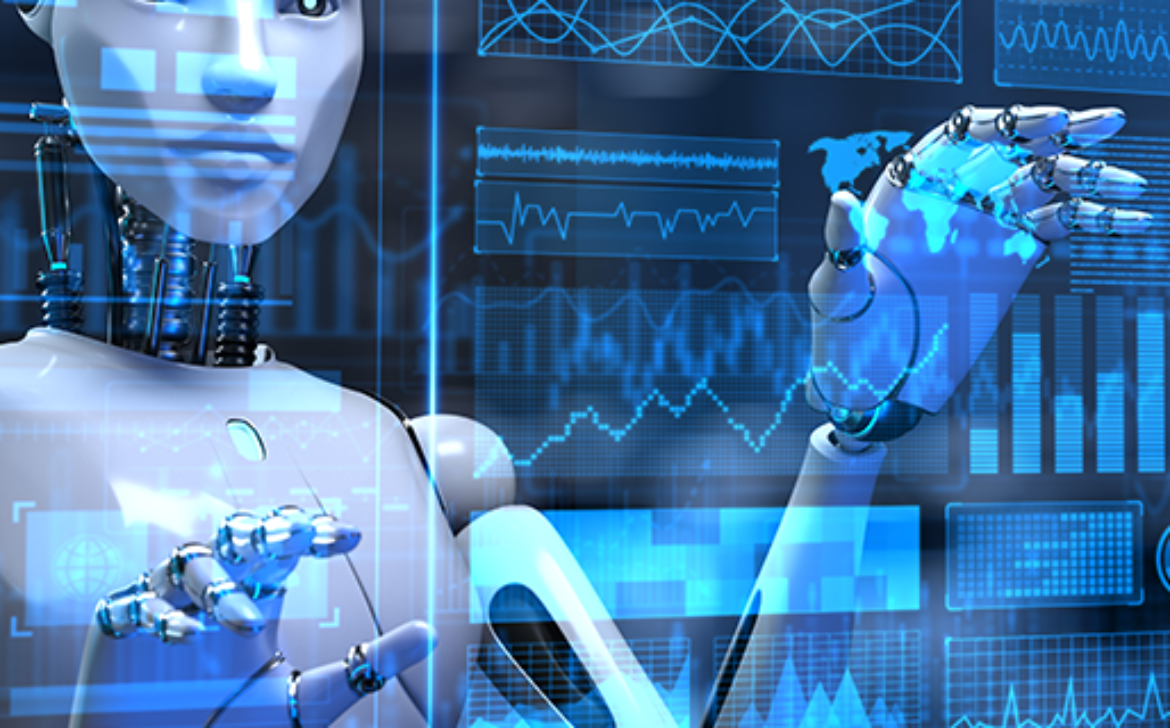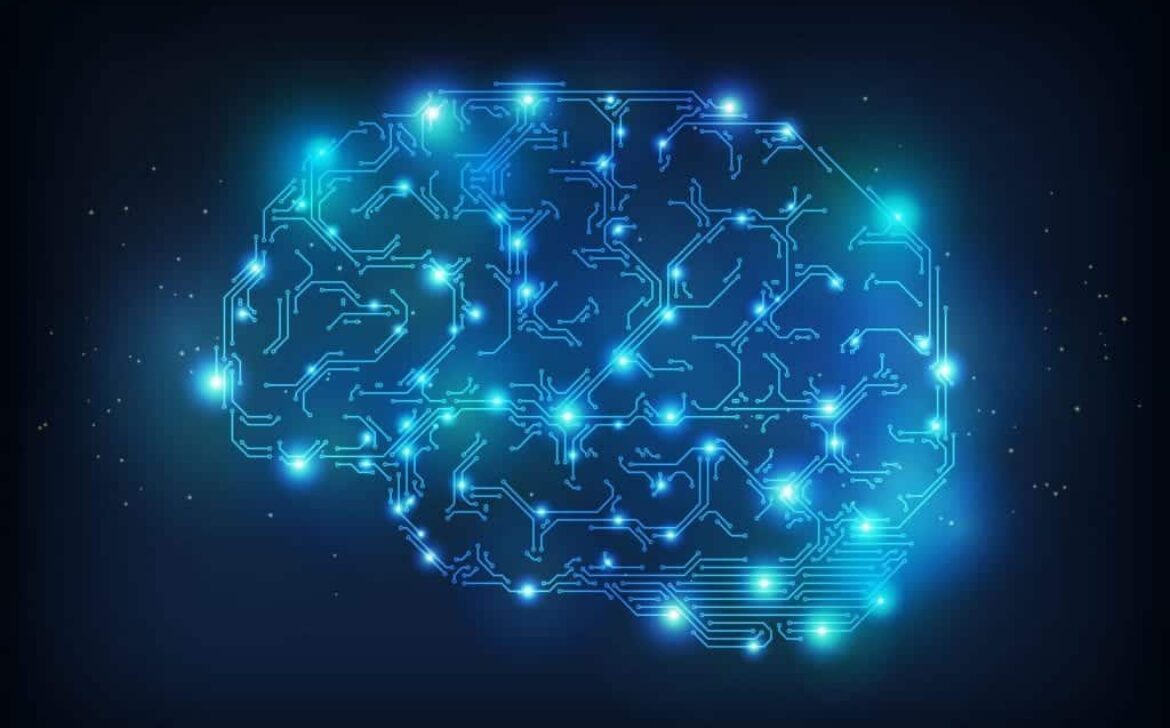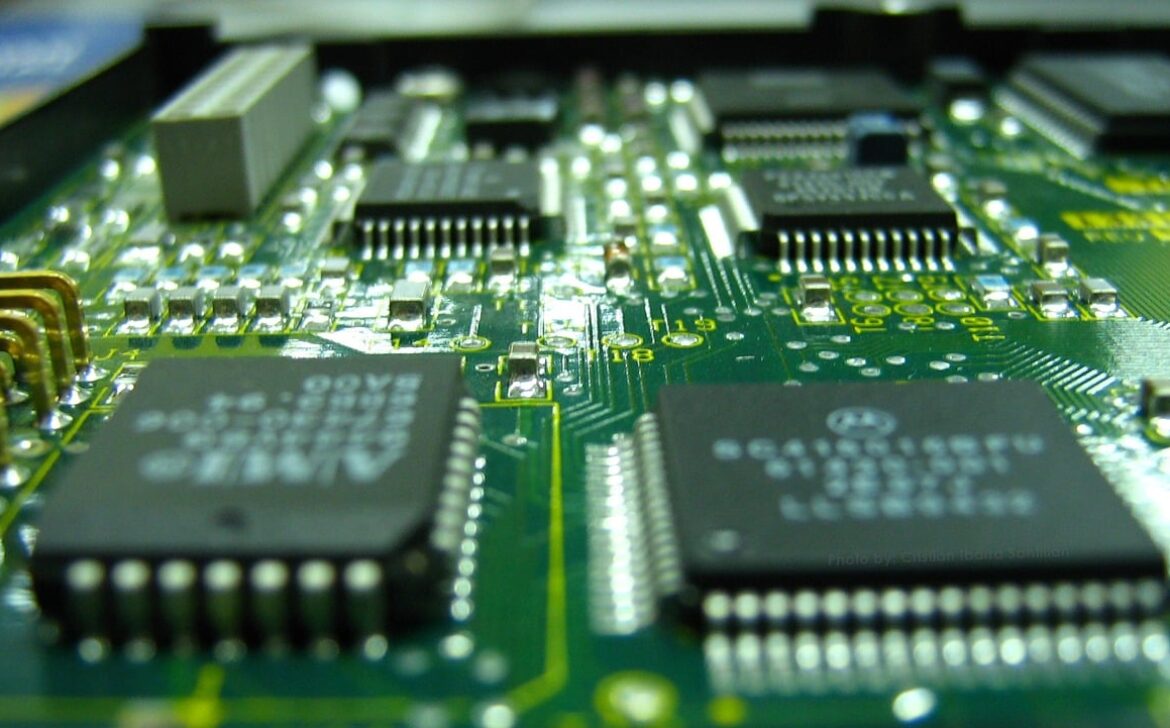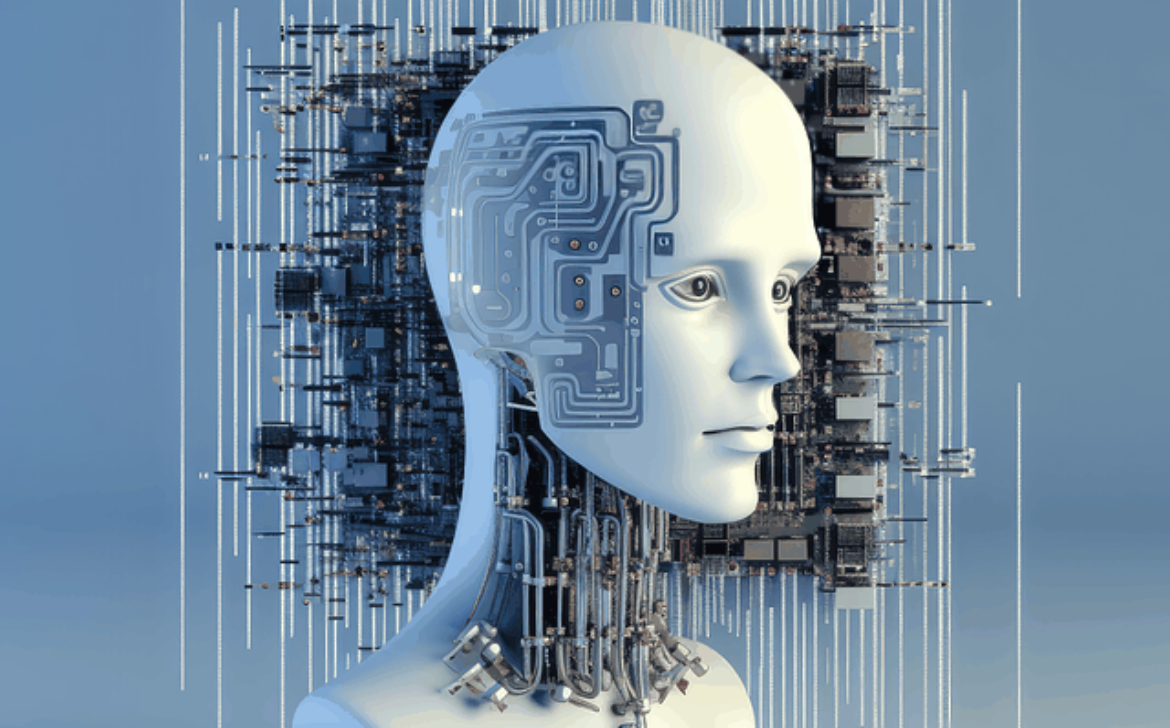Revolutionizing Supply Chains: The Era of Smart Logistics and Supply Chain Management


In the modern era of globalization and e-commerce, the logistics and supply chain industry is undergoing a profound transformation. Thanks to smart technology, real-time data, and innovative approaches, we are witnessing the rise of Smart Logistics and Supply Chain Management, which promises to revolutionize how goods are sourced, transported, and delivered.
The Foundation of Smart Logistics
At the heart of Smart Logistics are intelligent technologies that enable greater visibility, control, and efficiency throughout the supply chain. From the moment raw materials are sourced to the final delivery of products to consumers, these technologies play a pivotal role in enhancing operations.
IoT and Connectivity
The Internet of Things (IoT) has become a cornerstone of Smart Logistics. IoT sensors placed on assets, vehicles, and even products themselves provide a wealth of real-time data. This data enables companies to monitor conditions, track shipments, and optimize routes, ultimately leading to reduced costs and improved customer satisfaction.
Automation and Robotics
Automation and robotics have found a prominent place in modern warehouses and distribution centers. Autonomous robots can efficiently move inventory and manage stock levels. Automated sorting systems streamline order fulfillment, while drones and autonomous vehicles are changing the landscape of last-mile delivery.
Predictive Analytics
Smart Logistics leverages predictive analytics to forecast demand, anticipate potential disruptions, and optimize inventory management. These data-driven insights enable companies to make informed decisions and reduce excess inventory or stockouts.
Sustainability and Efficiency
Smart Logistics is also contributing to sustainability efforts. Optimized routes and reduced fuel consumption, thanks to IoT and data analytics, lead to lower carbon emissions. Sustainable practices are becoming a key differentiator for companies committed to environmental responsibility.
Challenges and Innovations
While Smart Logistics offers numerous benefits, it also presents challenges such as data security and integration complexity. However, innovative solutions like blockchain for supply chain transparency and AI-driven predictive maintenance are emerging to address these challenges.
The Future of Smart Logistics
The future of Smart Logistics is bright. As technology continues to advance, we can expect further automation, increased integration of AI and machine learning, and the widespread adoption of smart devices. Supply chains will become even more responsive and adaptable to the demands of a rapidly changing world.
















